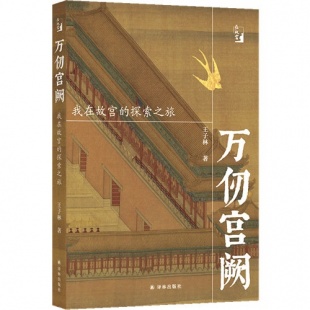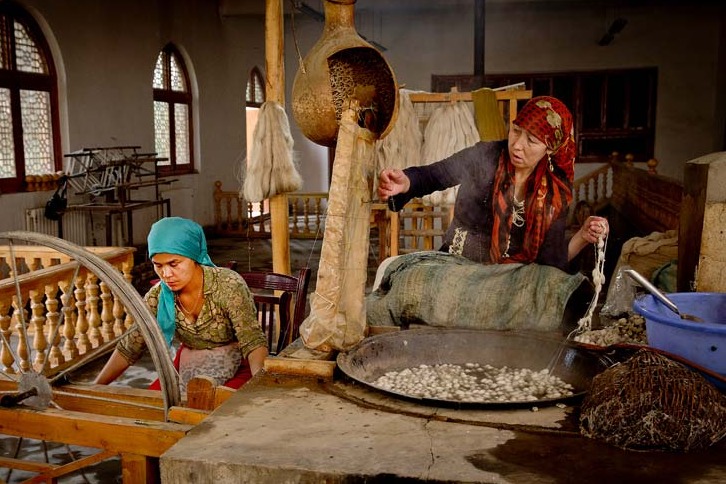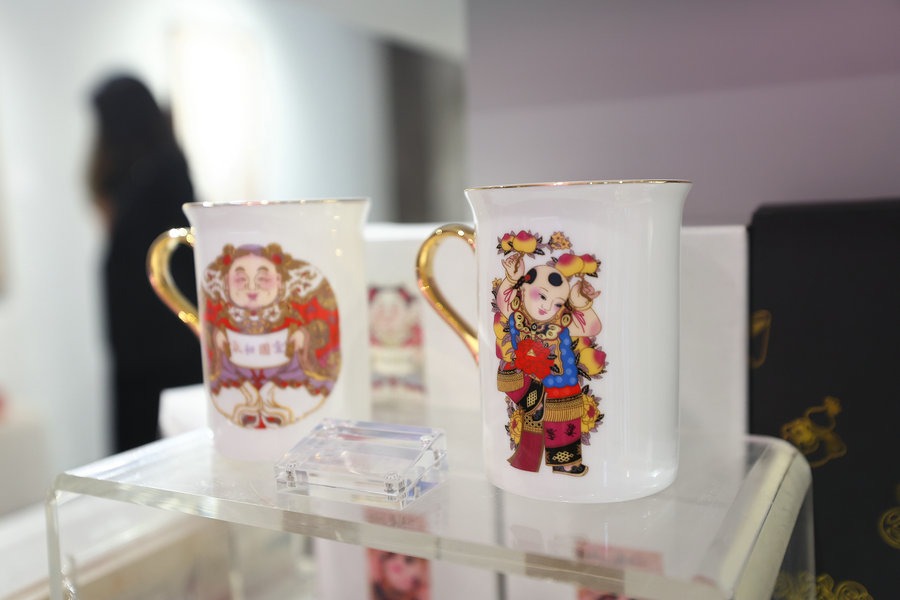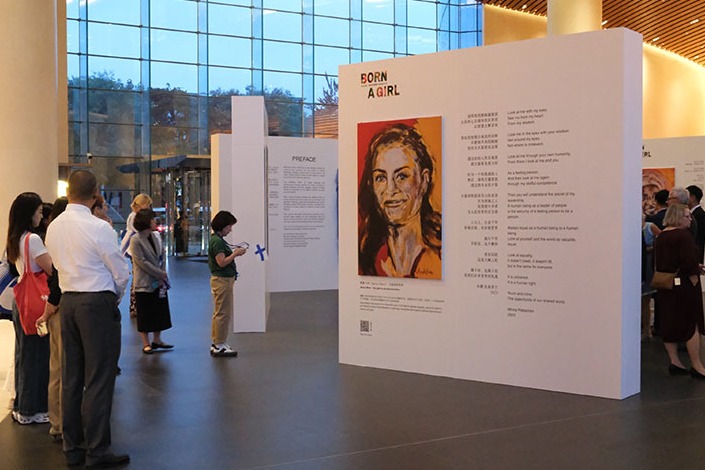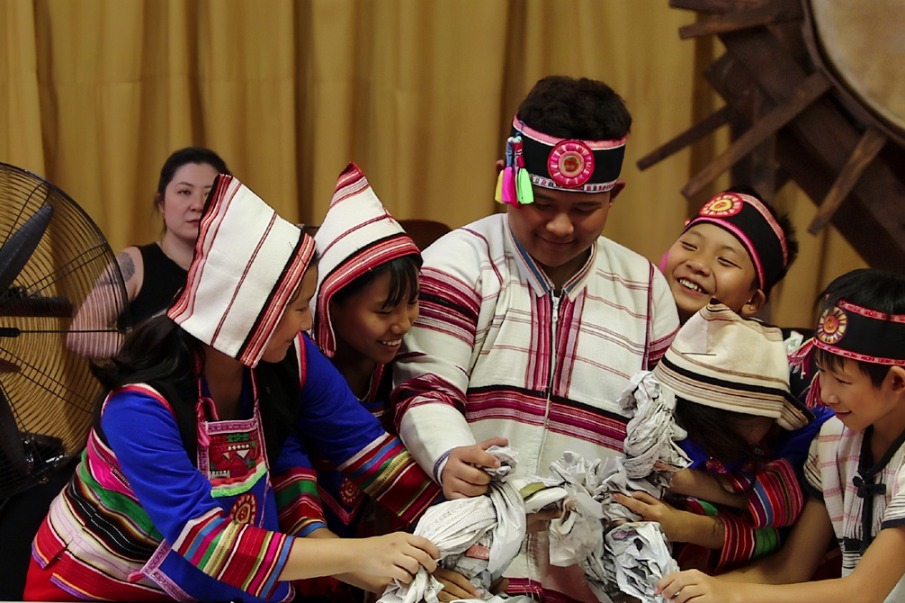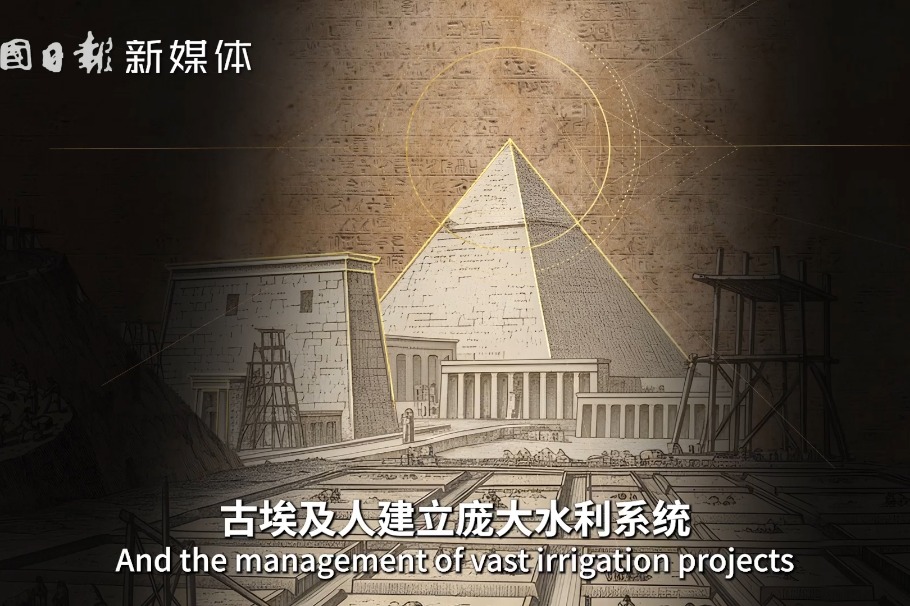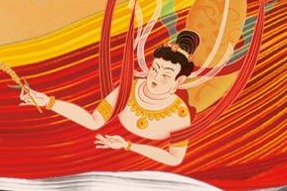Keeper of memories

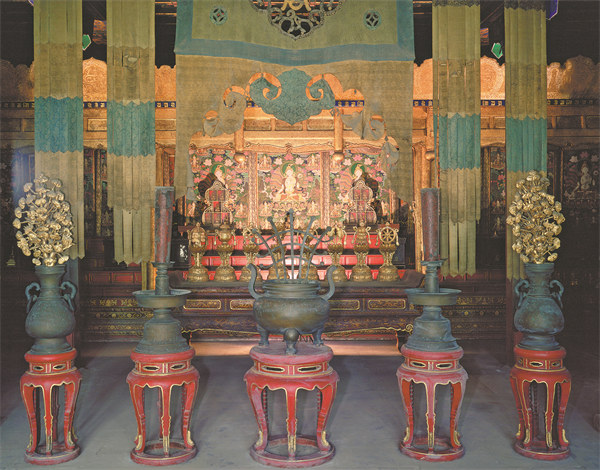
Researcher recounts decades of safeguarding artifacts, revealing the hidden rhythms of history in a new book on the Palace Museum, Yang Yang reports.
On a drizzling day in September 1985, 20-year-old Wang Zilin came to Beijing's Tian'anmen Square after enrolling in Peking University. On a sudden impulse, he stepped into the Forbidden City. When he walked out of the vermilion palace gates, an idea came to him: "How wonderful it would be ificould work here!"
Four years later, graduating from university majoring in archaeology, Wang found himself captivated once more by the palace complex. Passing a majestic Corner Tower of the Forbidden City on his way to a job interview, he abruptly abandoned his original plan, went straight to the museum's personnel department, and applied to work there. From that moment, his lifelong career with the Palace Museum began.
In 1998, Wang was transferred to the religious group, responsible for managing over 60 original state palace storerooms. These spaces are scattered throughout the Forbidden City: from the "three great halls" to the "three rear palaces", from the Buddhist Hall (Fo Tang) in the Celestial Loft (Xian Lou) of the Hall of Mental Cultivation (Yangxin Dian) to the Eastern Warm Pavilion (Dong Nuan Ge) of the Pavilion of Nurturing Harmony (Yihe Xuan). Inside were thousands of artifacts: some long forgotten beneath layers of dust, others — bronze tripods and vats — left outdoors to weather the elements.
"The artifacts in the original palace settings are diverse and wide-ranging. They are, in essence, time capsules that record past life scenes and the preferences and pursuits of ancient people. The original palaces are like a vast ocean — unfathomable, where treasures lie hidden, and everything is covered," says Wang, now the director of the Research Department of the Palace Museum. His study focuses on imperial architecture and original palace furnishings of the Ming (1368-1644) and Qing (1644-1911) dynasties.
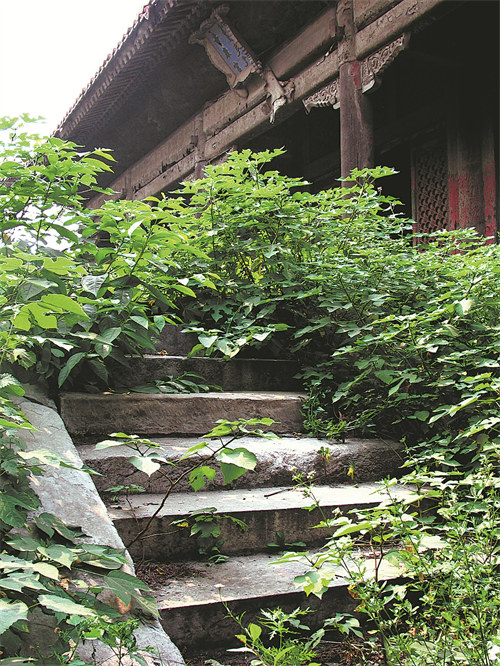
In addition to religious statues, thangkas, and ritual implements, there are also paintings and calligraphy, wall hangings, furniture, bronze, jade, porcelain, enamel, gold and silver items, textiles, musical instruments, swords and clocks. Collectively, they form one of the richest archives for the study of court history, material culture, and the evolution of interior decoration in China.
The task was daunting. More than 60 storerooms had to be managed by only four staff members. From 2004 to 2010, Wang and his colleagues painstakingly tackled this "hard bone" — a long, painstaking process of inventory. They dusted the artifacts in over 60 original state palaces, verified them one by one, and kept digital records. Every piece, whether large or small, received the same meticulous attention.


